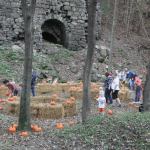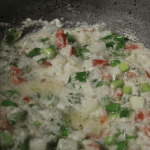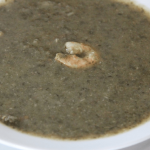Most times, travel is about a destination. But what about the people and other characters we meet along the way? Sometimes, it’s all about them. Sometimes, they help us make lasting travel memories.
I had several ideas and a few half-written posts that I could have used for this week’s photo Thursday but I kept going back to this photo of a Rastaman I took on the beach in Negril. Then I found other photos of people I’d taken and a theme began to take shape.

It was his hair that caught my friend’s attention – she’d never seen locks as long as his. I was surprised how white his hair was since he didn’t seem to be that old. He stopped when I asked what he was selling and gave us an entire lesson on herbs and spices. I ended up buying turmeric, which now I can’t live without.

I didn’t have time to speak with this man in Accompong. As soon as he saw my camera, he stopped, posed then walked away. If he’d stayed, I’d have to find a way to open the conversation without asking about the oversized glasses or the flashlight on his head.

Jamaica has been a magnet for people from all over the world but I’d never met anyone from the Philippines here before. On this excursion, I met not one but two Filipino women. One’s married to a Jamaican and has lived on the island for about 15 years. Her friend had arrived a few months before so she was showing her around. I was surprised to learn that there’s a “large” Filipino expat community in Jamaica.
Their stories about adjusting to life in Jamaica and their observances of us kept us laughing almost the ride back. Each time they saw something interesting, they’d asked the driver to stop so they could take photos. This stop was probably our fourth or fifth. When we got back into the bus, the driver said it’d have to be the last as he’d be late returning to our drop off point.

All but two of the photos I took of this flower-bedecked donkey and his owner came out blurry because I couldn’t stop laughing. I’ve seen donkeys similarly dressed up but this one just had us cracking up. When I stopped laughing, my friend would draw my attention to something else and we’d both be laughing all over again. We took photos with the donkey wearing these goofy straw hat the owner gave us but those were out of focus. Even the day after, we’d look at each other and burst out laughing about the donkey.
Donkeys are everywhere in the countryside. Farmers use them take them to their farms and produce to the market. In the old days, the donkey operated the machine that squeezed the juice from sugarcane. The donkey in these photos from Appleton demonstrates how it was done then waits to be fed and petted.

Sometimes traveling alone as a woman has its perks. Like the day this guy decided to make me chef for a minute at Little Ochie. I’m still not sure why he did it. My guess is he saw me chatting with the owner. Whatever his reason, I learned one thing from that minute — I couldn’t be a cook in a large kitchen as I cannot take the heat!
Linking to Travel Photo Thursday and Travel Photo Mondays. Be sure to head over and check out more photos from locations around the world.





 Loading InLinkz ...
Loading InLinkz ...

































































